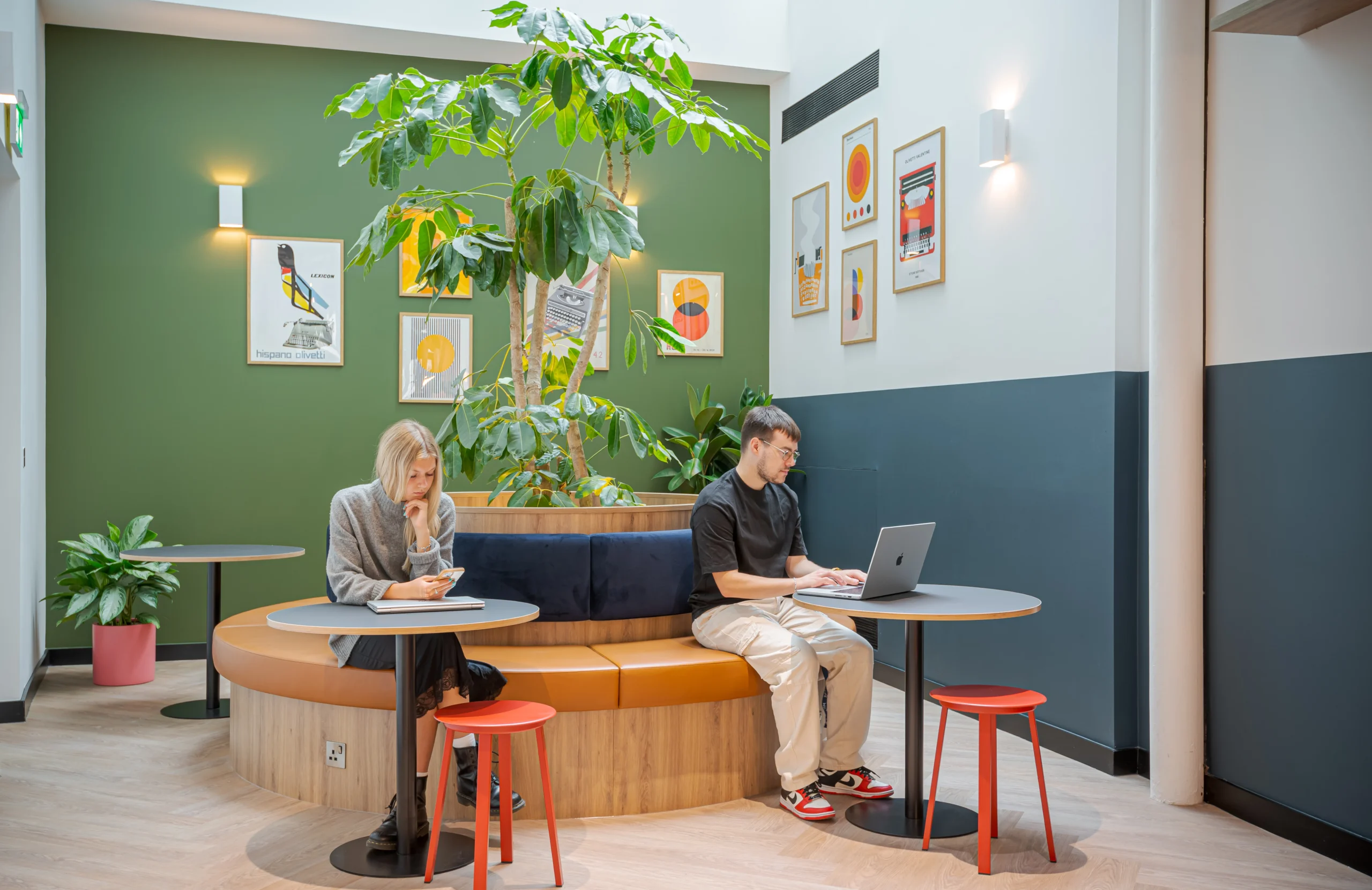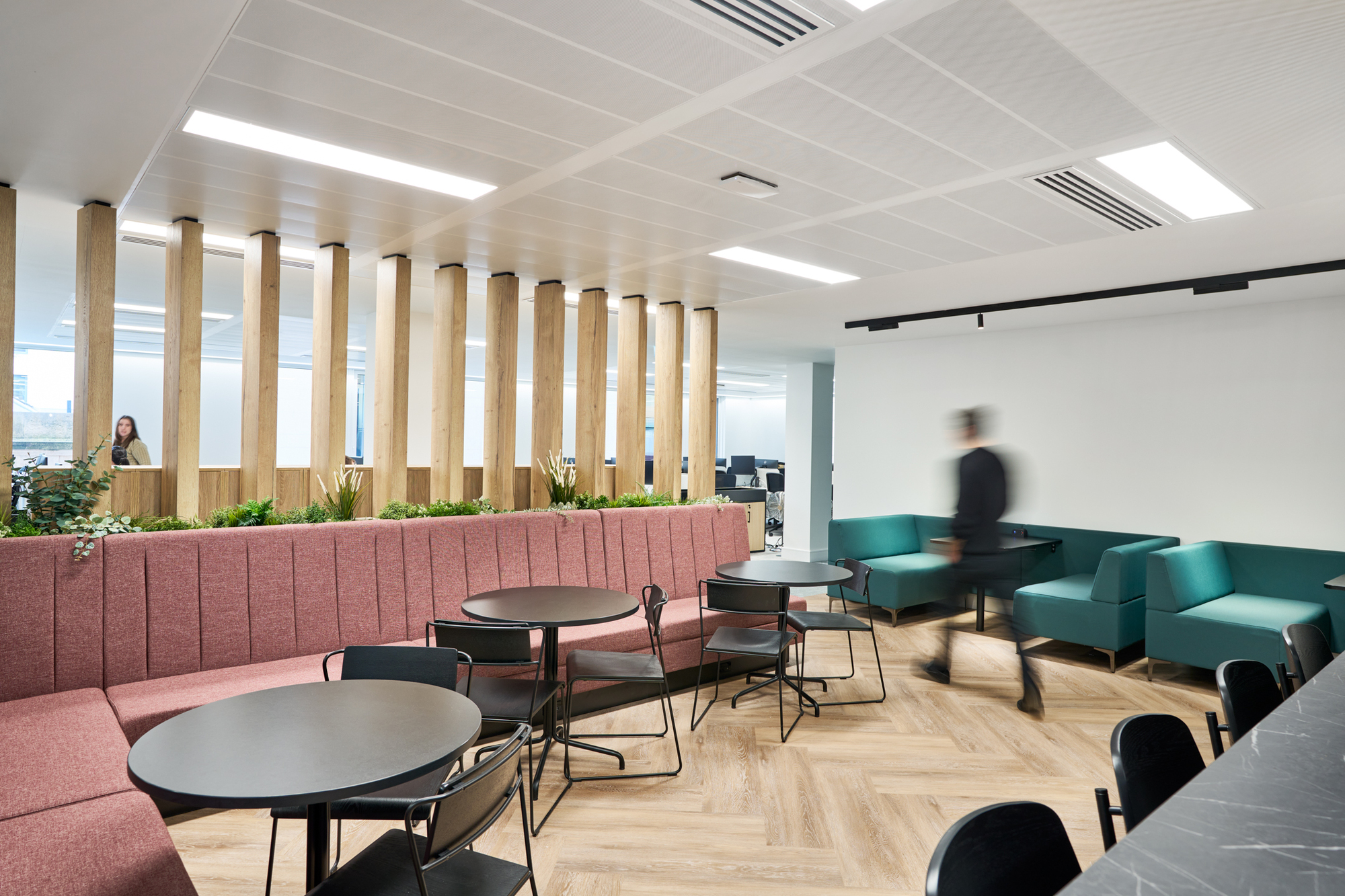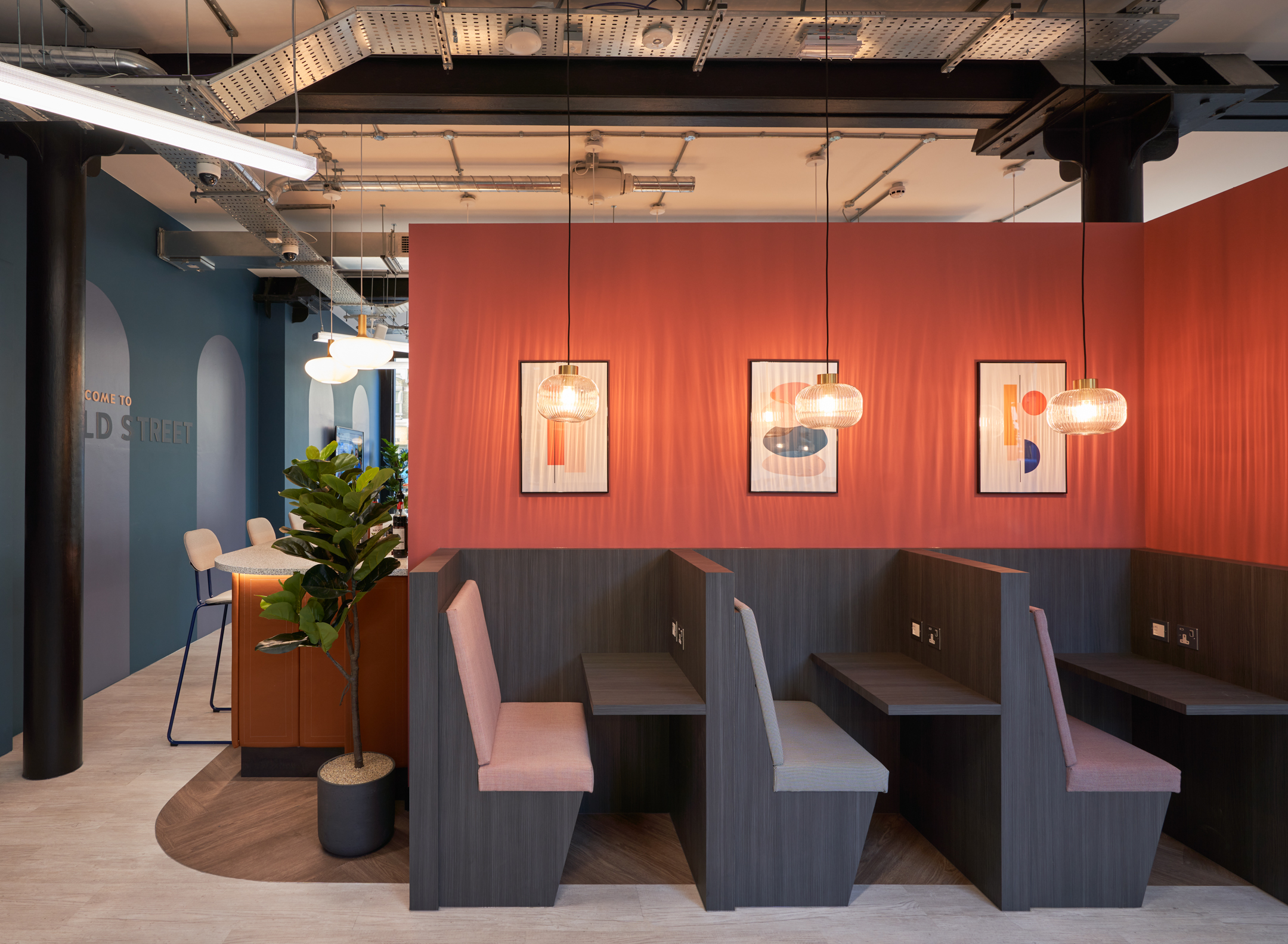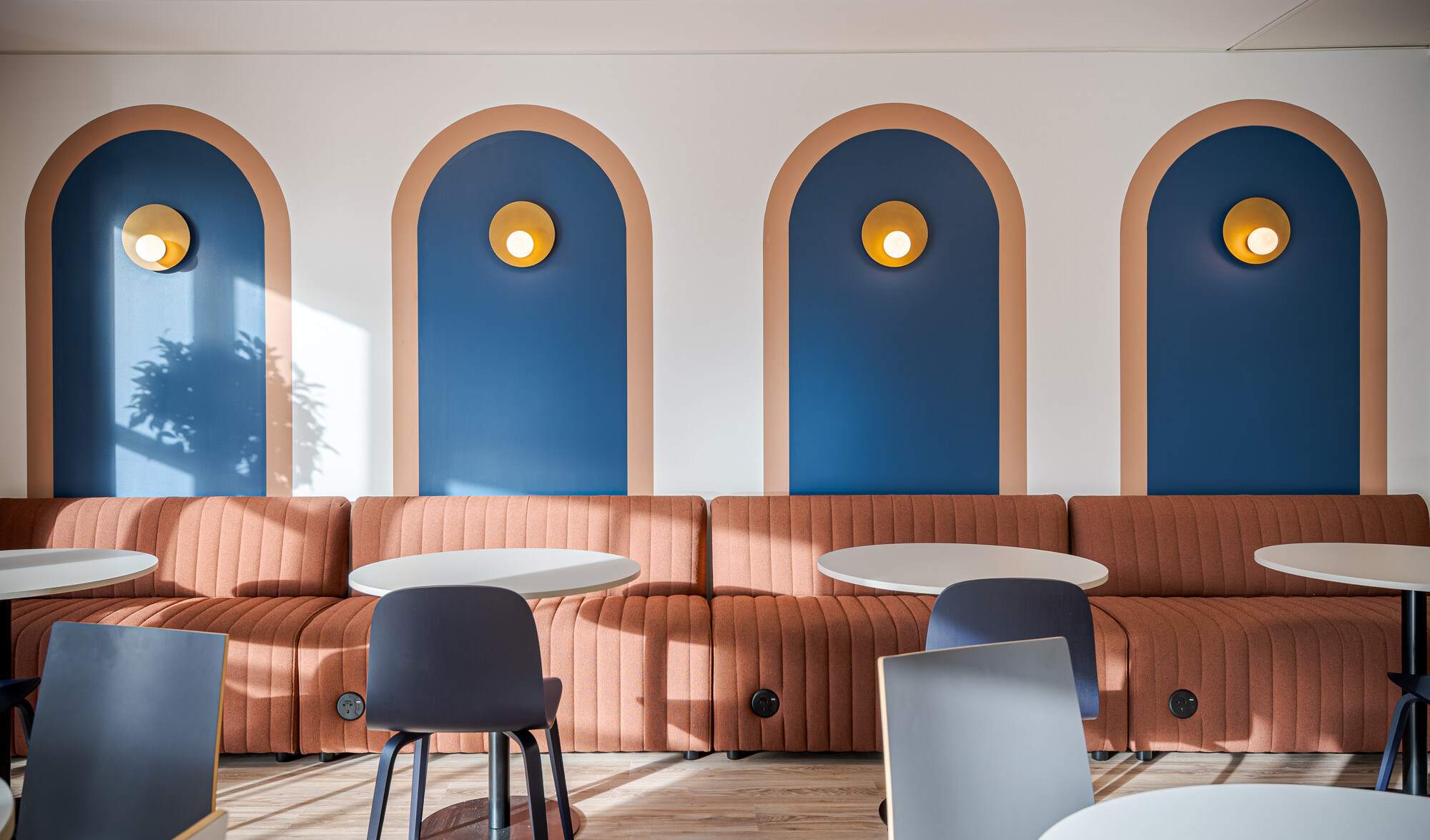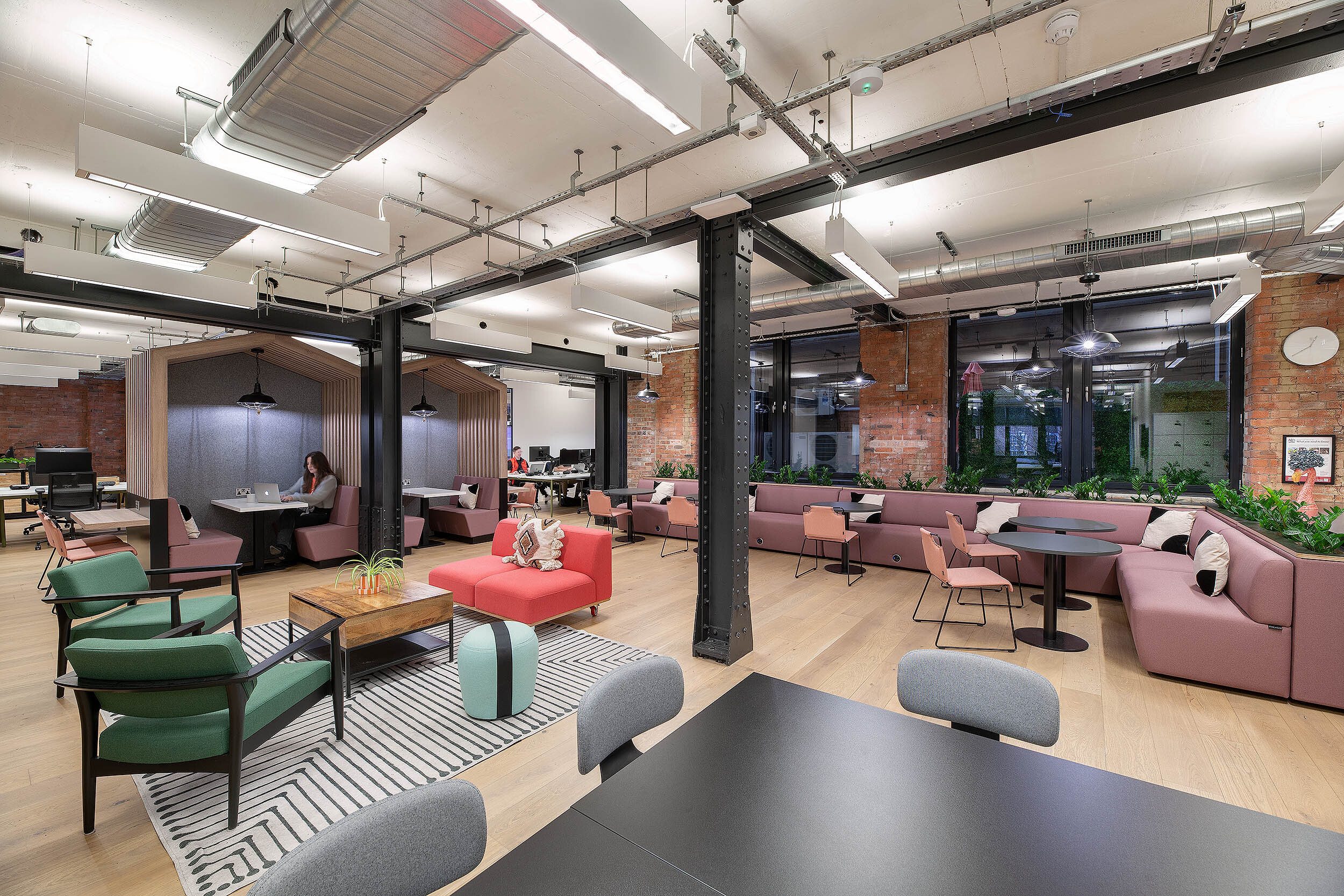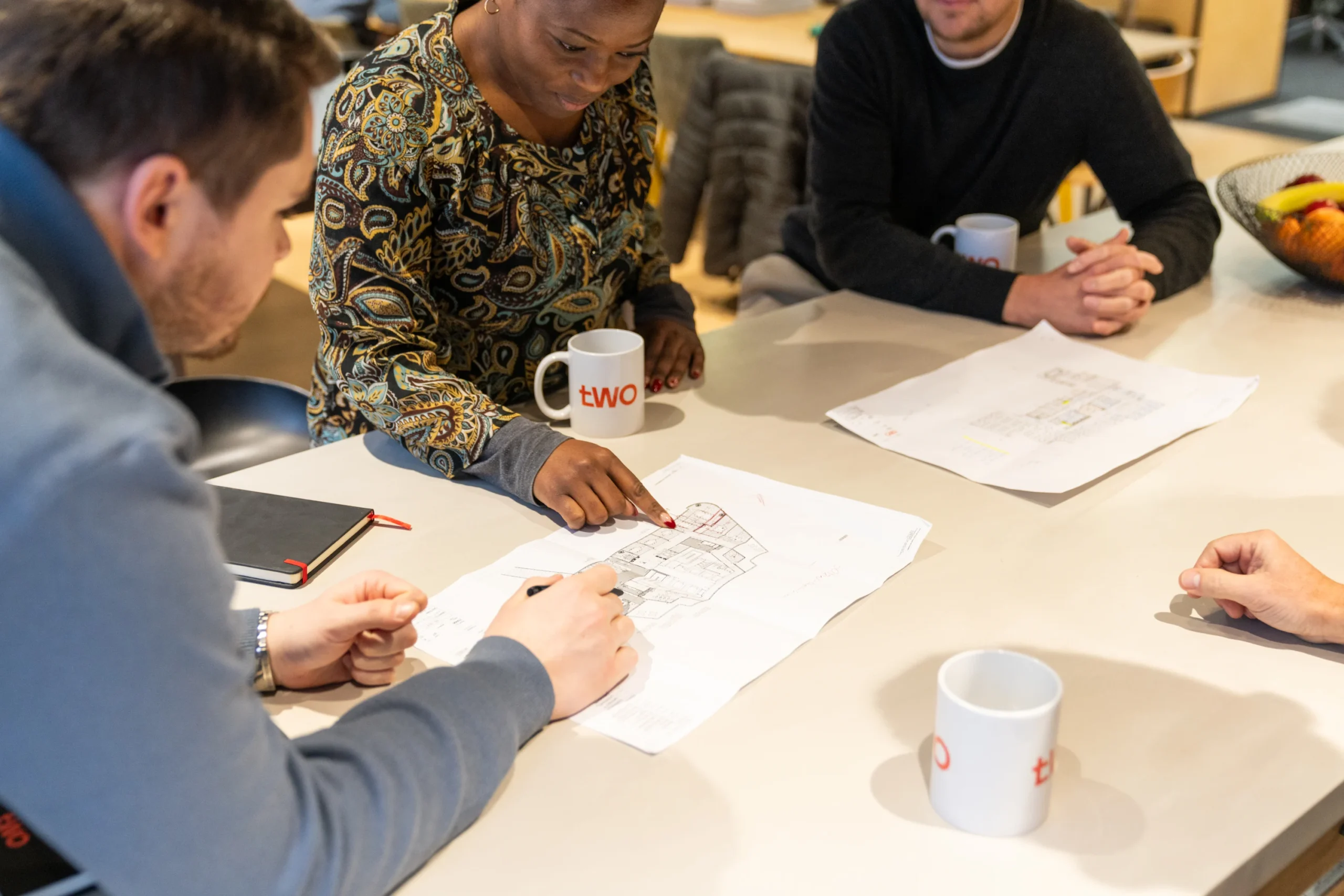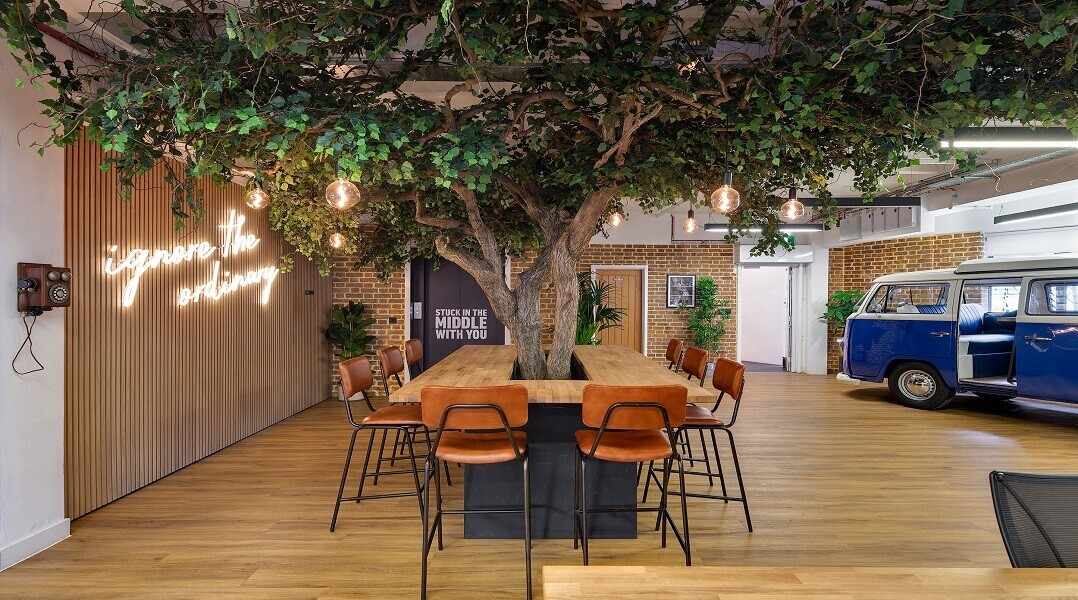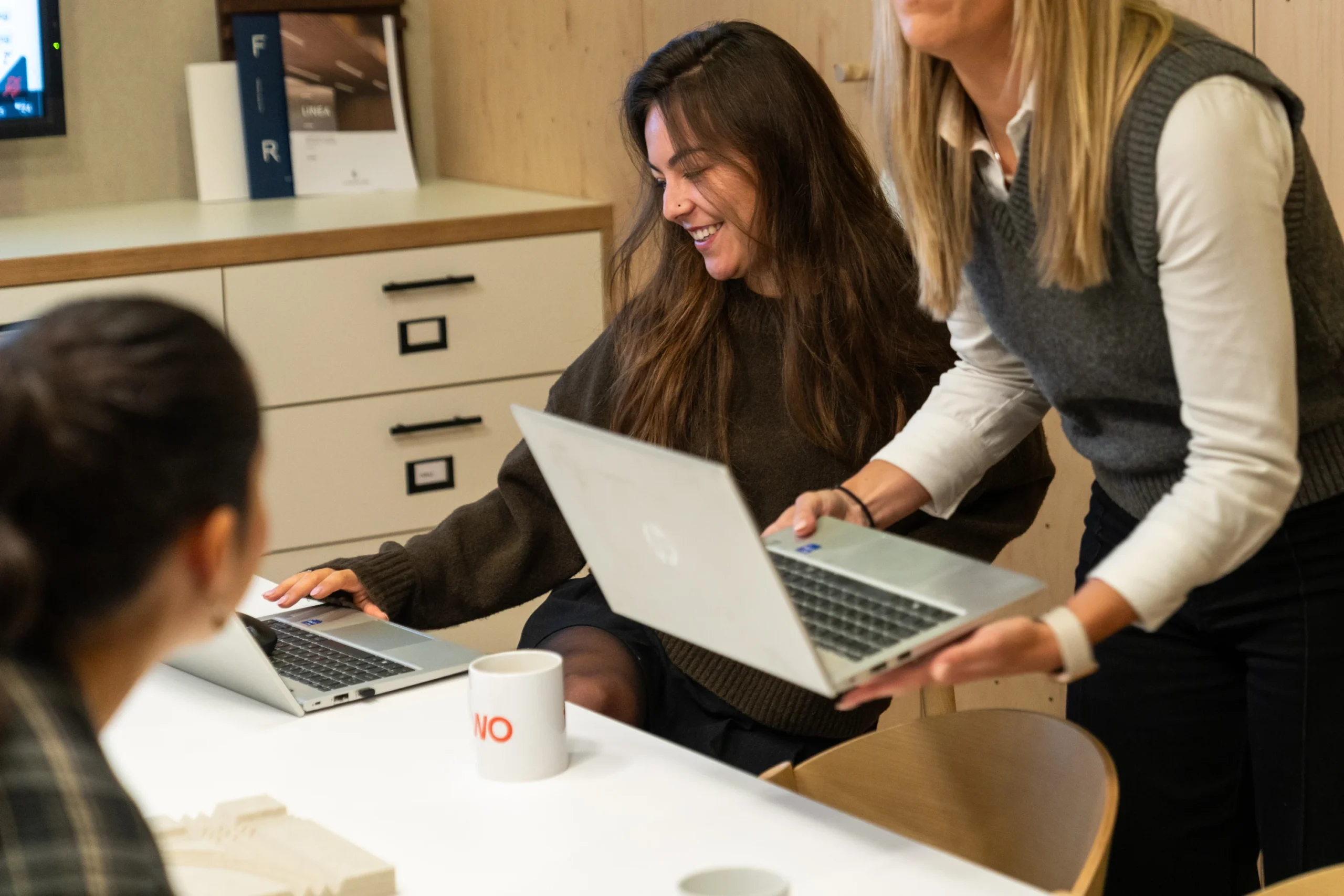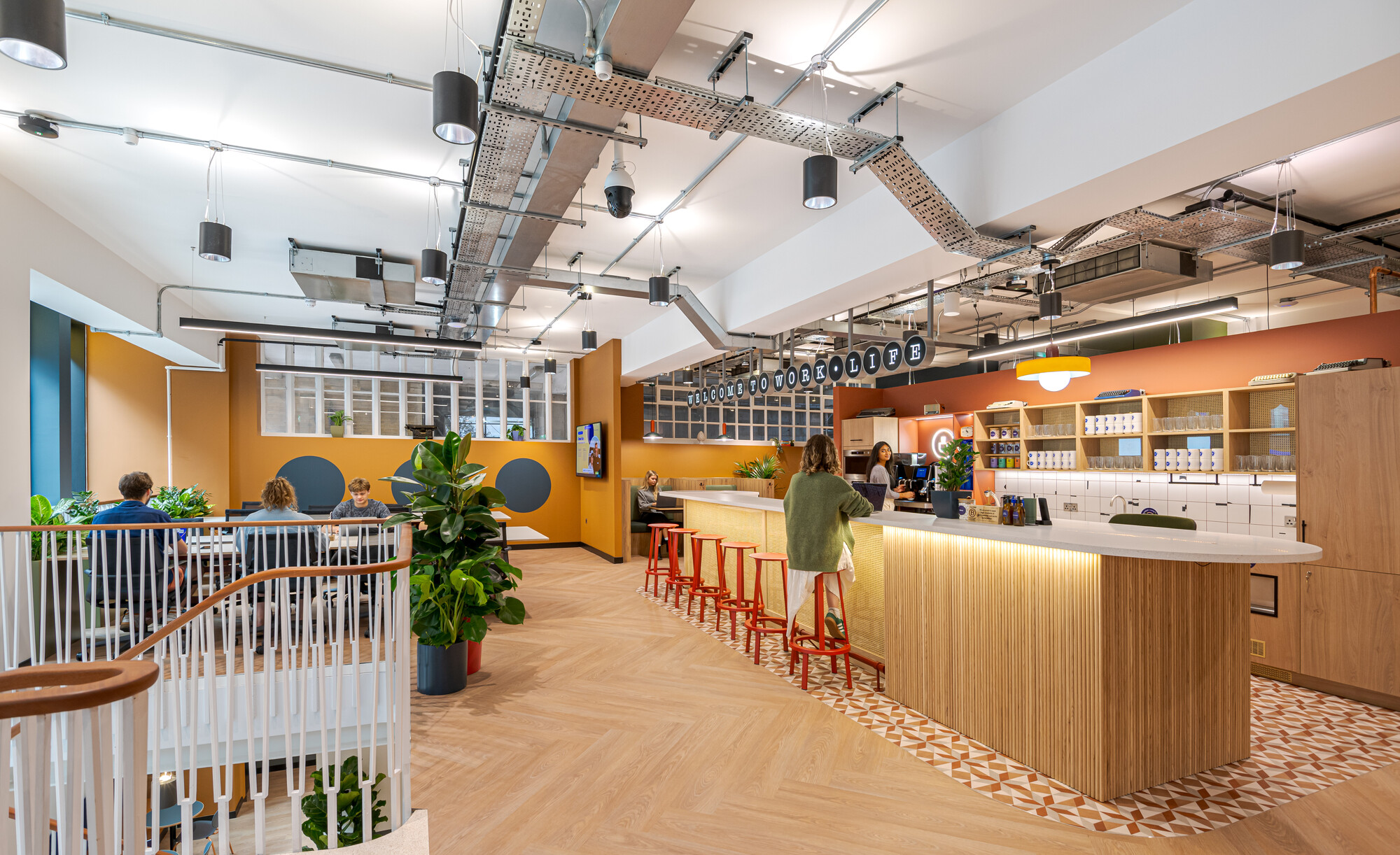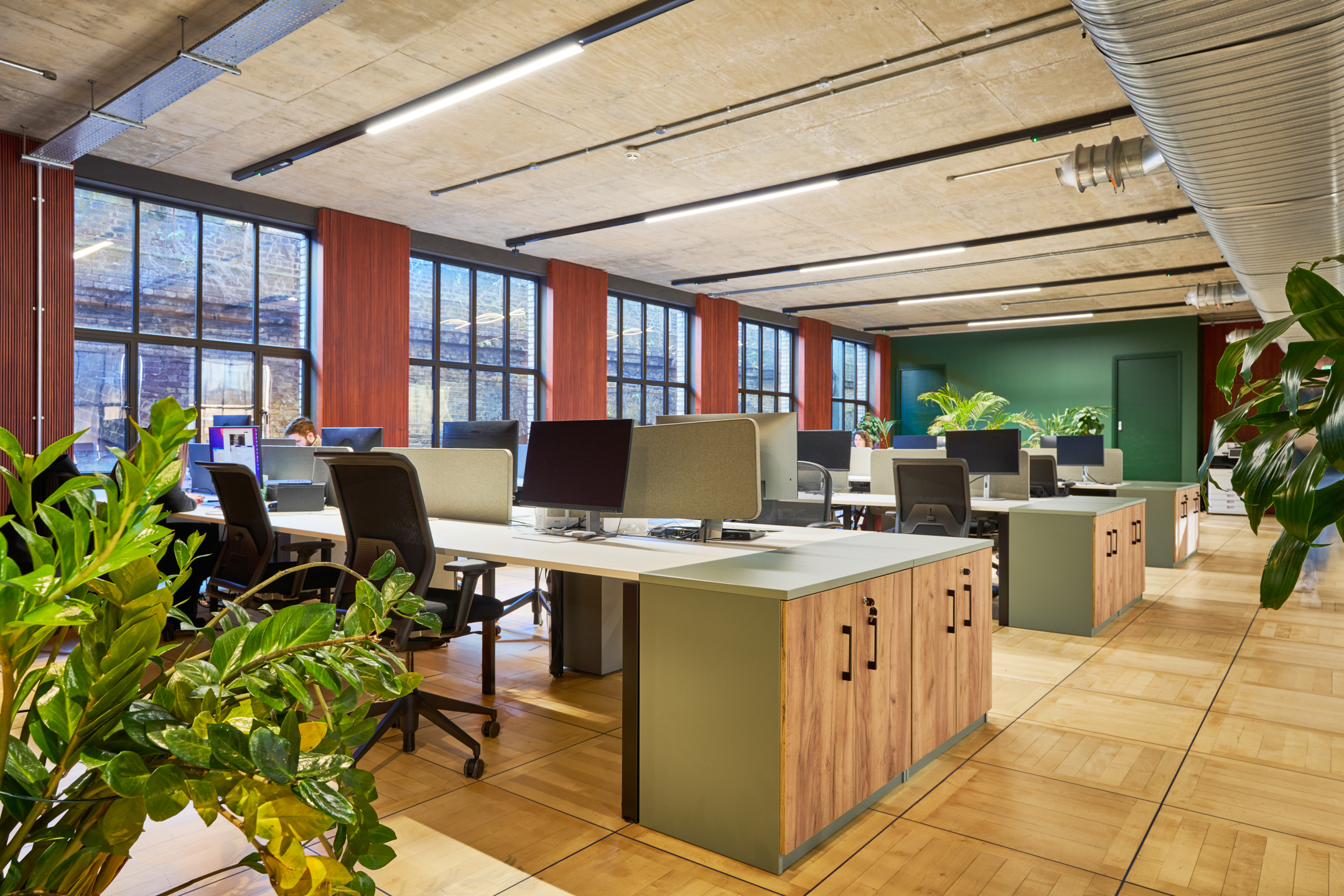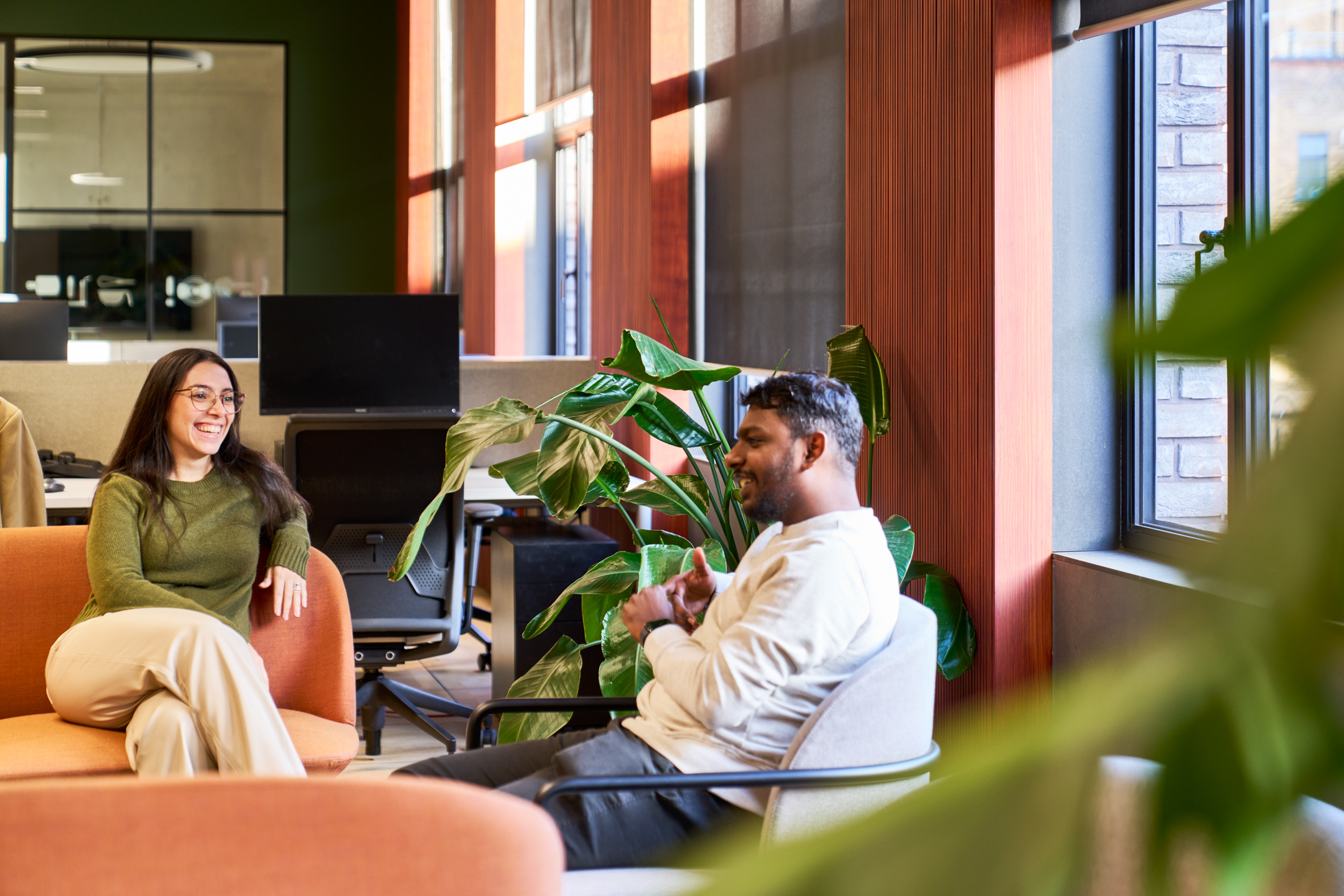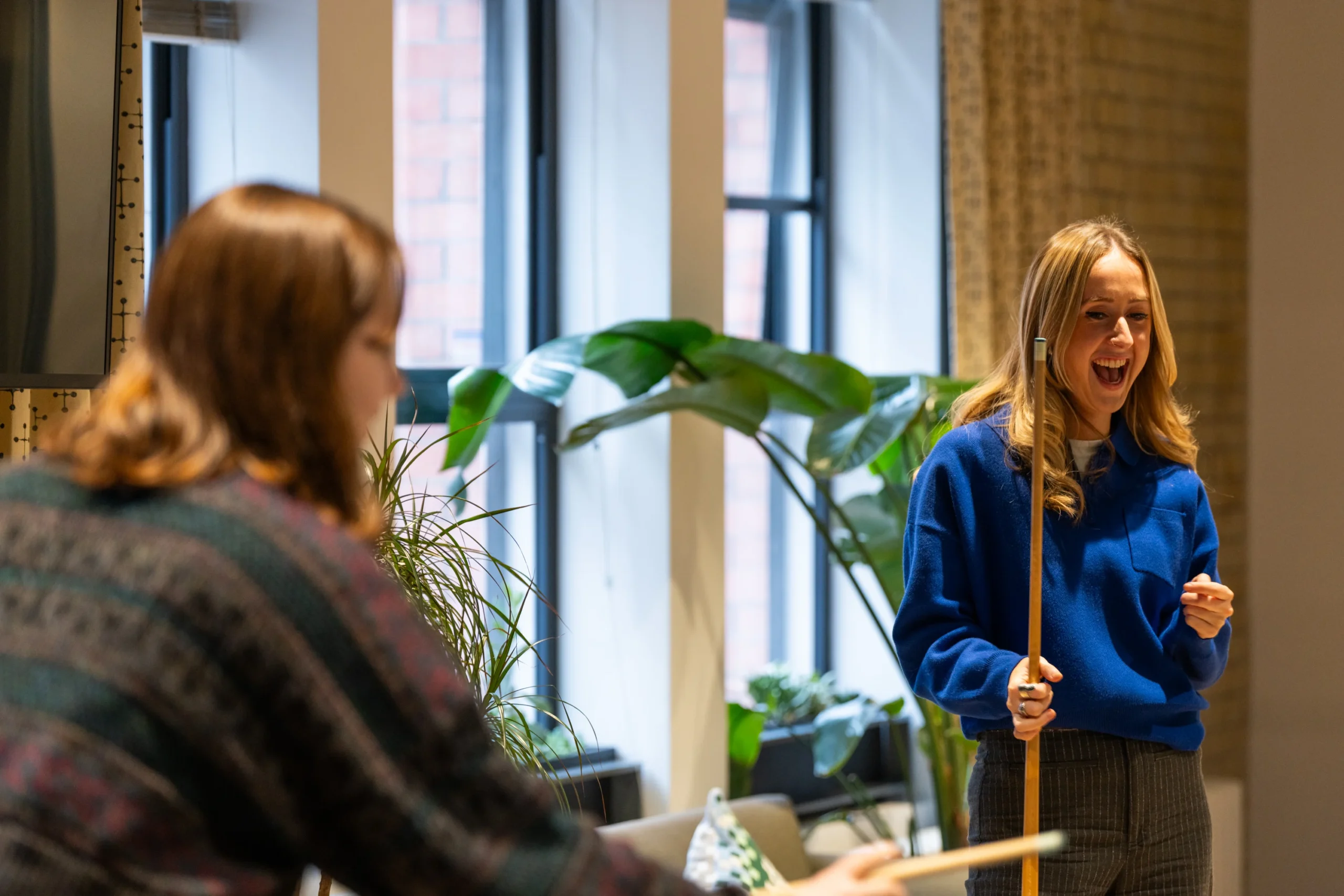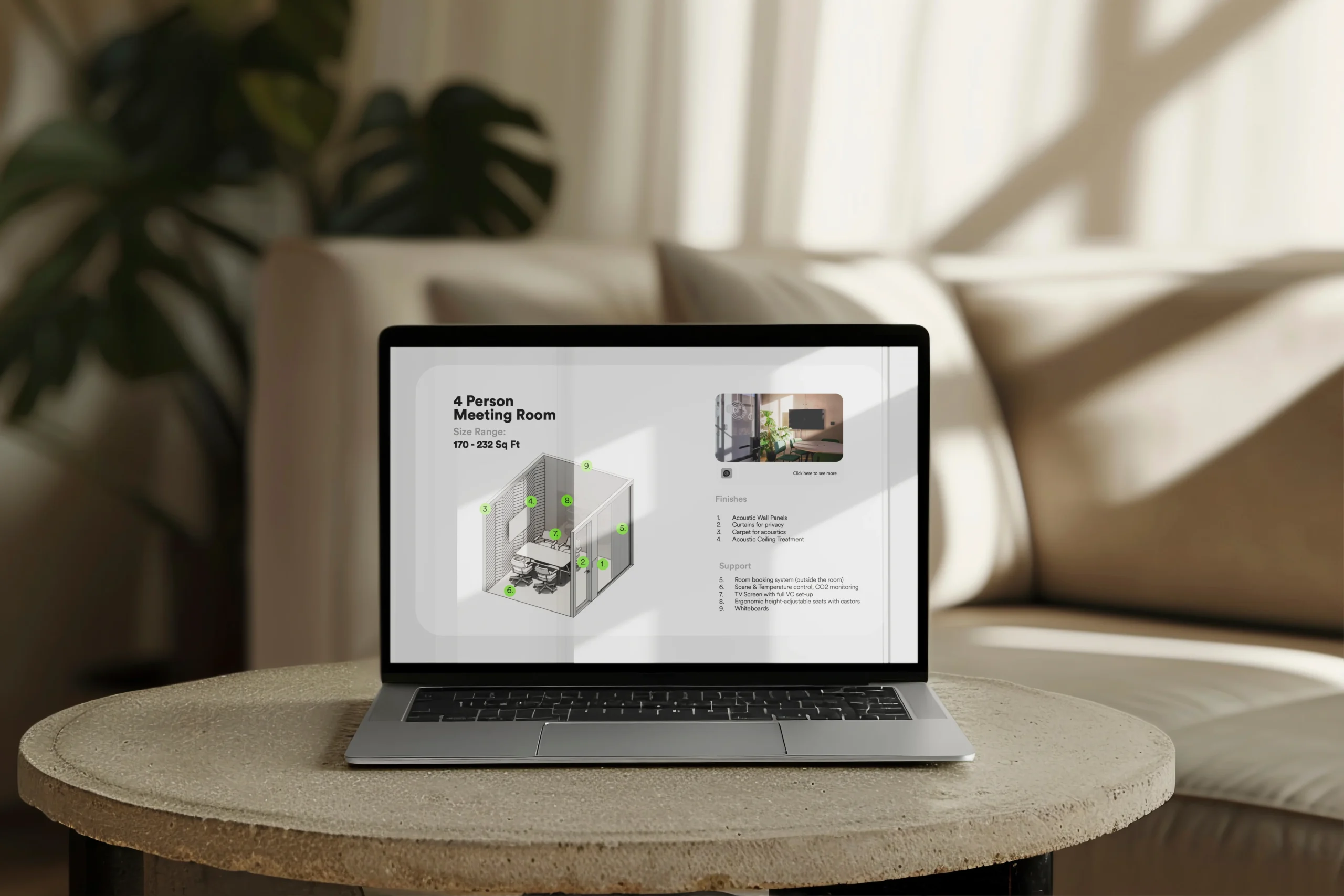How Startup Culture is Redefining Workplace Design
The UK startup revolution shows no sign of slowing down. In 2021 alone, a record-breaking 810,316 startups were established, up from 665,495 in 2020. So, what does this mean for office interior design in 2022/23?
There’s a big focus on the way offices are structured and designed for sustainability, mental health, work-life balance, comfort, and flexibility. Startups want to take a people-centred approach to office interior design, pushing the workplace to be a place of nurture and progression rather than somewhere you just complete tasks and then go home.
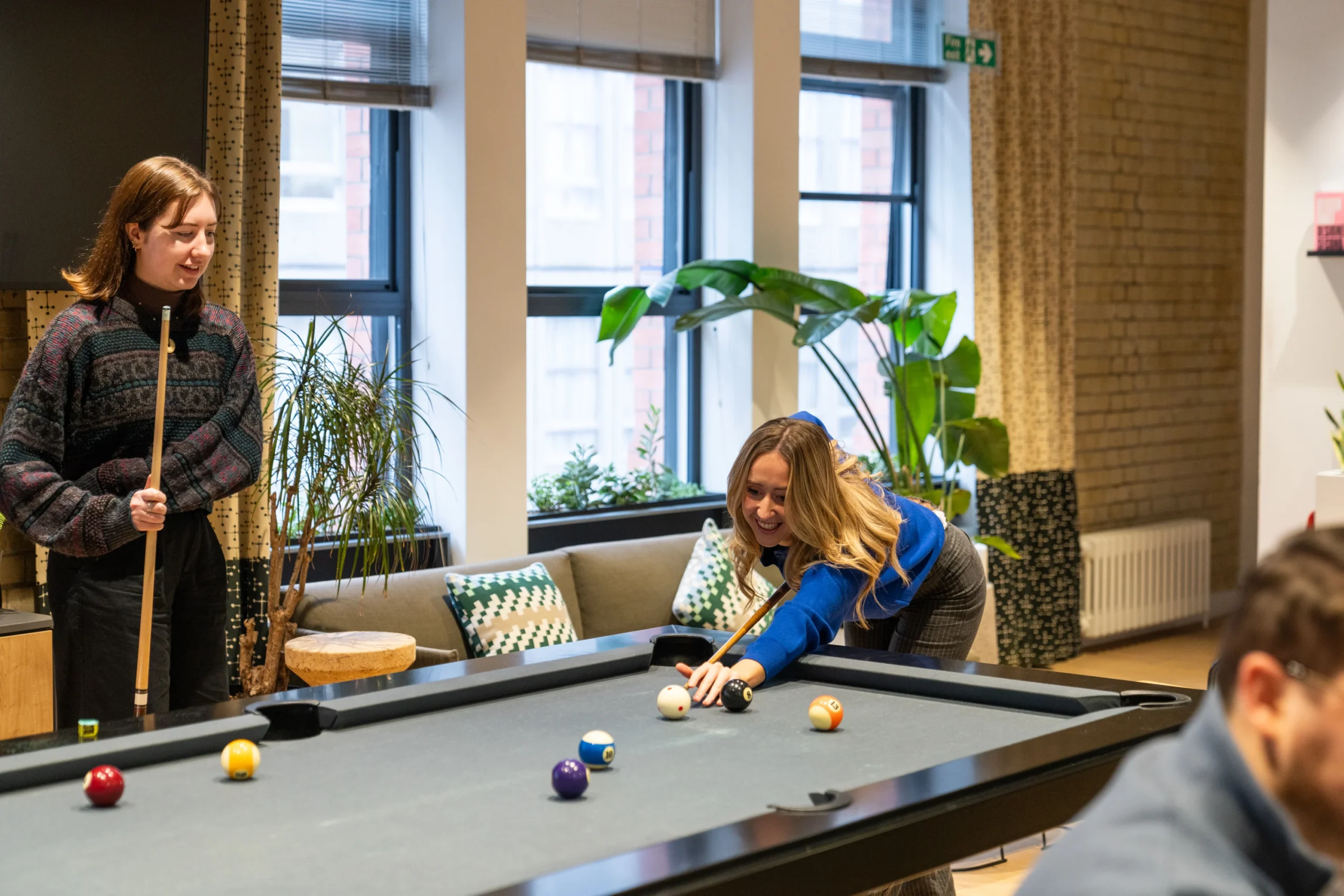
How Is Startup Culture Redefining Workplace Design?
Startup offices are doing things differently. Think beer taps, unlimited snacks, and gaming areas, but it’s more than just quirky perks. Startups prioritise flexibility, designing spaces that adapt to their people’s needs.
From multi-purpose rooms and breakout areas to focus booths and standing desks, flexibility is at the heart of startup workplace trends. Employees are encouraged to work where they feel most productive, whether that’s at a desk, in a cosy corner, or in a vibrant collaboration space. This autonomy results in a happier, more engaged workforce and significantly boosts job satisfaction.
Making the Most of Every Square Foot
Unlike larger, more established companies, startups often face the challenge of limited floor space. But rather than seeing this as a setback, they view it as an opportunity to get creative with office design.
Breakout spaces are a prime example of smart design solutions. They’re incredibly versatile, used for quick laptop sessions, informal meetings when traditional rooms are fully booked, or even as relaxed lunch areas. Modular furniture is another great addition, it can be easily rearranged to suit different activities, making collaboration rooms and shared spaces adaptable to the fast-paced nature of startup life.
Sustainability is More Than a Buzzword
When it comes to sustainability, startups aren’t just ticking boxes, they’re embedding eco-conscious practices into their company culture.
Many startups embrace paperless offices, implement zero-waste policies, and choose sustainable materials for their interiors. But some go even further. Take PleaseCycle, a London-based cleantech startup, as an example. They introduced a ‘bike miles’ reward system, encouraging employees to track their cycling commutes and redeem rewards. It’s not just good for the planet, it positively impacts a healthier, more active workforce.
People-Centric Design is Putting Employees First
The new generation of CEOs isn’t afraid to break away from traditional corporate models. They’re rethinking what the workplace should be, focusing on people-centric office design solutions.

This shift isn’t just about aesthetics, it’s about creating environments where employees feel supported, motivated, and valued. From flexible layouts to wellness-focused spaces, startups are proving that when you design with people in mind, productivity naturally follows, proving that offices can be more than just places to work.
